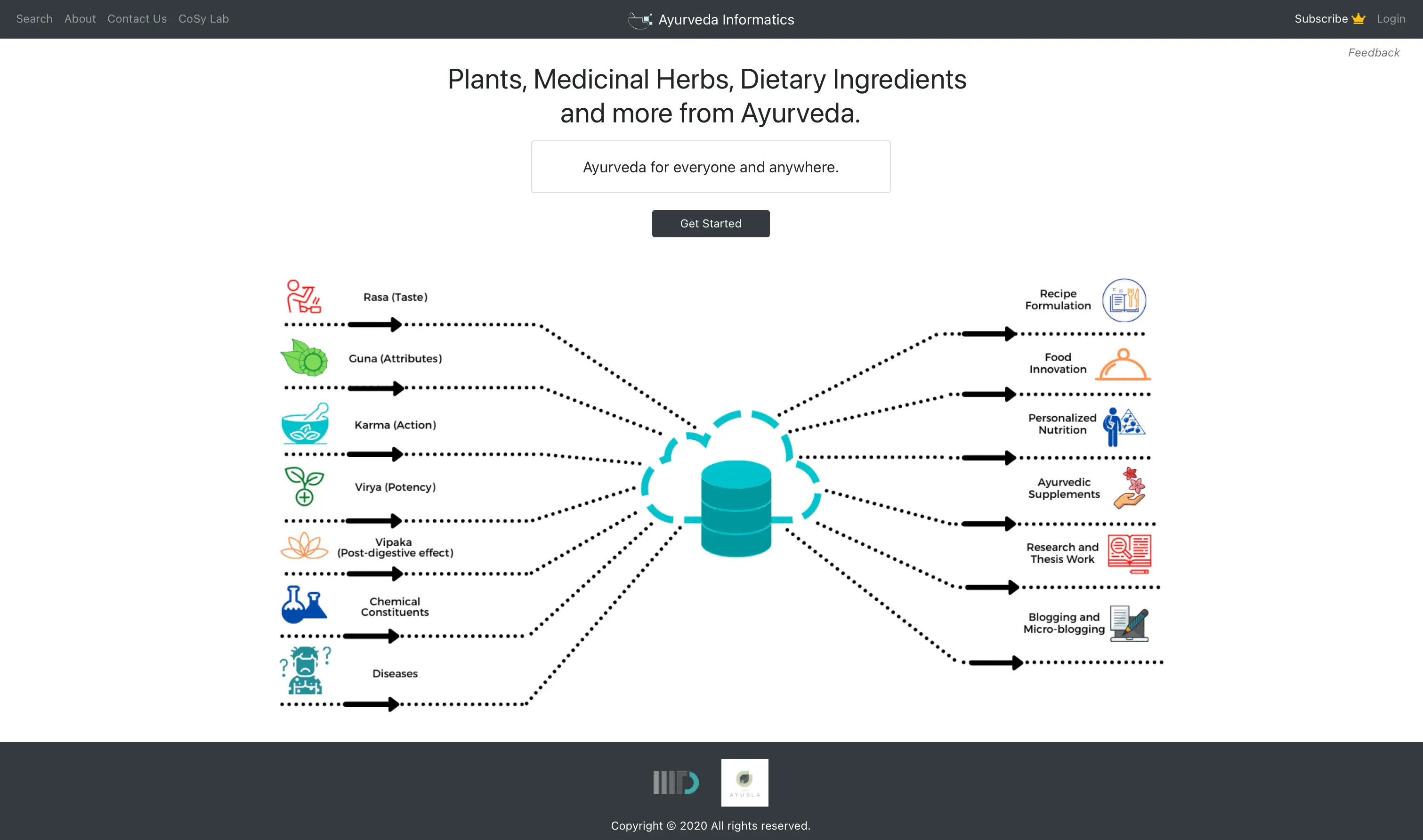
Technical Skills 👨🏼💻
Programming Languages
Tools & Frameworks

Technical Skills 👨🏼💻
Programming Languages
Tools & Frameworks

Technical Skills 👨🏼💻
Programming Languages
Tools & Frameworks

Technical Skills 👨🏼💻
Programming Languages
Tools & Frameworks
“Eat. Sleep. Code. Repeat”

Hiyaaa! 👋🏻 I'm Pranay Kothari, Software Engineer working at JPMorganChase with 1.5+ years of working experience and based out of London. I always have been fascinated by maths and computers since an early age and I completed my undergrad in Computer Science and Engineering with specialization in Artificial Intelligence from Netaji Subhas University of Technology, Delhi in 2023 and would be starting my postgrad in Software Engineering at University of Oxford in Fall 2025.
One of the things I love most about software engineering is the constant learning that comes with it. New technologies and frameworks are constantly emerging, and I'm always eager to learn and stay up-to-date on the latest trends.
I am also a die hard Star Wars fan, love travelling and try to meet new people every day, living one day at a time. I find that getting outside and engaging in hands-on activities helps me to stay balanced and focused, both in my personal life and in my work.
As a Software Engineer at JPMorganChase, I am currently working on a platform that is managing official source of EOD risk, pnl, and stress that supports market risk, finance, and regulatory processes across vaious lines of businesses.
Tech Stack: AWS, Python, Java, Scala, ReactJS, TypeScript, Terraform, Apache Spark, Spinnaker, Apache Iceberg, Tornado, Machine Learning
As a fellow in the ETHIndia 3.0 Fellowship, I had the opportunity to build an innovative decentralized NFT Marketplace Platform called KratoSwap. This platform operates exclusively on the Polygon network and leverages automated market maker (AMM) technology to simplify NFT trading for users. The primary goal of KratoSwap is to provide a seamless and user-friendly experience for traders in the NFT market.
KratoSwap is an NFT AMM protocol that allows users to deposit their NFTs and/or ETH into liquidity pools. Users can then buy, sell, or trade NFTs at a fair price. The platform uses an algorithmic pricing mechanism that takes into account supply and demand.
Tech Stack: Blockchain, Node.js, React.js, Solidity, Polygon, Ethereum
As an intern at Filterpixel, I worked on an AI culling software that is designed to help photographers cull their images automatically. It does this by using machine learning to identify and classify images based on a variety of factors, such as focus, exposure, and composition.
I worked on the main platform to improve its performance, fixed bugs, and improved the accuracy of the machine learning model. I also engineered the FilterPixel Editing LR Plugin for Adobe Lightroom Classic using Lua. This plugin allows photographers to use the Filterpixel AI culling software directly within Adobe Lightroom Classic.
Tech Stack: Python, Flask, Lua, Node.js, ReactJS, AngularJS, ElectronJS, JavaScript, TypeScript, HTML5, CSS, Computer Vision, Google Cloud Platform (GCP), Microsoft Azure, Machine Learning, MongoDB, Ruby on Rails
As a Data Alchemist at Covalent, I had the exciting opportunity to delve into the intricacies of blockchain analytics using Covalent's Increment Platform. One of my primary responsibilities was to conduct comprehensive reporting on Reach, Retention, and Revenue (RRR) across various blockchains, protocols, and user types.
A significant aspect of my role involved creating SQL-based analytical content. This content revolved around analyzing and visualizing Reach, Retention, and Revenue metrics that were relevant to businesses operating in the blockchain space.
Tech Stack: Blockchain, Data Analysis, Multi-Chain Analysis, Data Visualization, Data Storytelling
During my time as a Summer Analyst, I had the opportunity to work with the Markets DLT Team, which falls under the umbrella of Corporate Investment Banking. This experience provided me with valuable insights into the world of blockchain technology and its applications in the financial industry.
I had the chance to engage in research and implement projects focused on the field of Fx-Spot Trading. Specifically, I explored the concept of Automated Market Makers (AMMs) and their application within the Quorum network, a blockchain platform. Through the use of liquidity pools, I worked on developing a system that allowed users to trade EUR/USD currency pairs in real time.
Tech Stack: Python, Tornado, ReactJS, Blockchain, JavaScript, TypeScript, HTML5, CSS, MySQL, Solidity, Ganache, Truffle Framework
As a research intern, I built Ayurveda Informatics - the world's first Ayurveda pharmacopoeia search engine and data analytics platform, under the mentorship of Dr Ganesh Bagler and Mr Rishi Agarwal at Complex Systems Laboratory, IIIT Delhi.
Ayurveda Informatics enables end-users to access 500+ ingredients from the Ayurveda knowledgebase based on Dravyaguna features, chemical constituents, diseases, and other advanced features.
I integrated RecipeDB with Ayurveda Informatics to generate thousands of Indian recipes. This project enabled data-driven explorations of recipes and Ayurveda, and drove original efforts in the field of Computational Gastronomy, pioneered by Dr Bagler.
Tech Stack: Python, Flask, MySQL, SQLite3, ReactJS, Data Science, Linux, Git, Data Scraping, Data Analysis
years of
programming
experience

Blockchain, Solidity, Ethereum, Flask, ReactJS, SQLite3
Blockchain based pharmaceuticals tracking application
Blockchain, Solidity, Polygon, Ethereum, NodeJS, ReactJS
Decentralized NFT Marketplace Platform using AMMs
Data Science, Flask, ReactJS, SQLite3, Data Scraping
World's first Ayurveda pharmacopoeia search engine
Pattern Recognition Letters, 2024
In this work, we propose Ensemble XAI, a novel visual explanation approach which combines Saliency maps, Class Activation Maps, and Gradient-CAM to enhance the visual explanations provided by a deep learning prognostic model used for predicting the authenticity of biometric authentication system inputs (morphed or genuine).
arXiv preprint (arXiv:2310.19452), 2023
In this work, we propose a novel blockchain-based fingerprint authentication system that integrates zk-SNARKs to enable secure and efficient authentication. A KNN-based approach is used to generate a cancelable template for secure, faster, and robust biometric registration and authentication, which is stored using the InterPlanetary File System.Education
7.91 CGPA | First Class
Class 12th - 93.4% | Class 10th - 10 CGPA